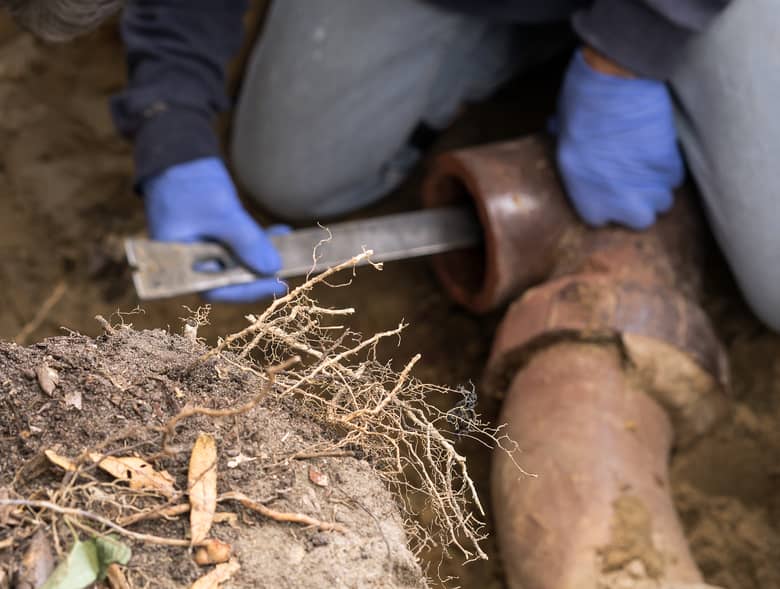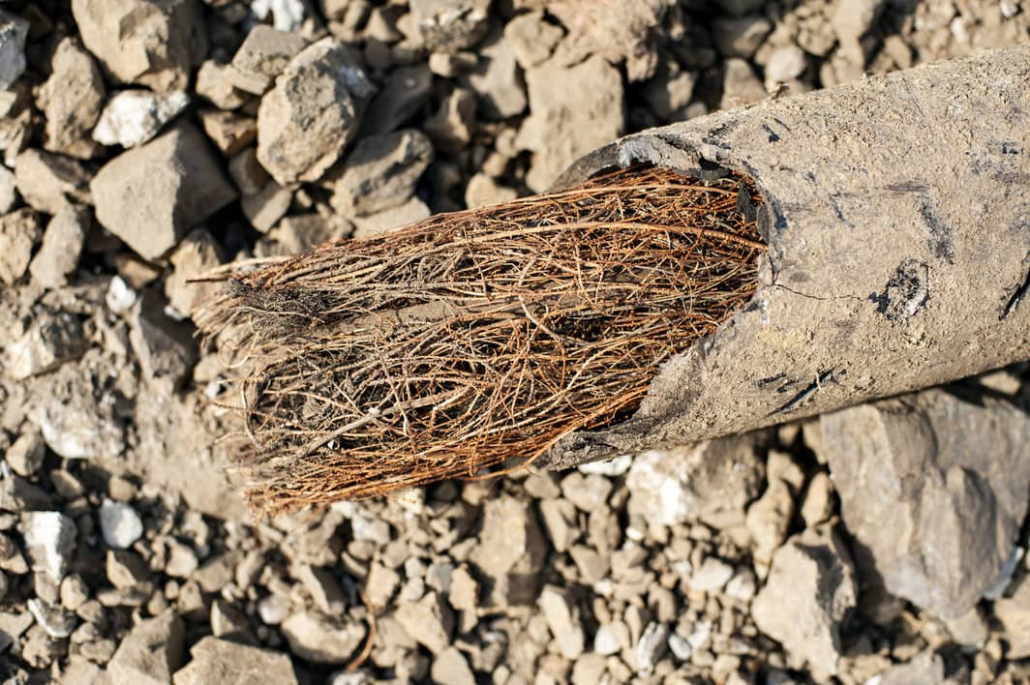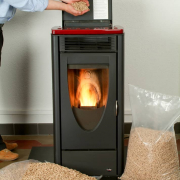How Fast Do Tree Roots Grow In Sewer Pipes
Imagine that you are constantly unclogging your toilets. You begin to question why this is happening. Troubleshooting with various ways to determine why the toilets are not draining fast enough or properly at all. Also, you call on a professionally licensed plumber to take a look at the pipes with a video snake. This can tell you exactly what the clog is in your piping system. As the plumber explores your pipes they determine that a root system has gotten into your pipes and is causing the constant backup. However, this is not something you ever would have guessed. How fast do tree roots grow in sewer pipes? Typically, they can grow into your pipes in as fast as thirty days. Pipes crack as soil shifts and this exposes your pipes to root access.
Let’s take a look below at what all of this means.

What Are Drain Pipes
Drain pipes will carry all of your waste from your home to the city sewer system. This includes all of your plumbing and any gutter system runoff that you may have had installed. Let’s take a deeper look into how fast the tree roots can get into your sewer system and why root systems can intrude upon your drain pipes.
How Do They Get Into My Pipes
Moisture and food in the pipes are the top two reasons tree roots grow in sewer pipes. There are a variety of food sources in your drain pipes and this attracts the tree roots. If soil erodes, ground shifts, or pipes become old and brittle, you could see tree roots getting into your drain pipes. Also, as the tree roots penetrate the drain pipes, the damage is a definite result.
How Fast Do They Grow
Depending on the type of tree root in your yard and the opportunity for the roots to get access to food and moisture will determine how long it takes for the roots to get into your pipes. Typically, it can take as little as 30 days or it could take many years. Additionally, the soil, erosion, and available food source of the tree roots will dictate how long it takes.

What Do I Do
Believe it or not, there are a few good home remedies for helping keep roots out of your drain pipes. Let’s take a look at some of those options:
- Copper Sulfate-this kills any root system in your pipes. All you need is a half a cup of these blue crystals. You can purchase Copper sulfate at most hardware stores and it is a natural herbicide.
- Rock Salt (Sodium Chloride)-add salt to the toilet that is farthest from the road. This will be done by adding a handful of salt into your toilet and flushing the salt down with buckets of water. Do not flush the toilets until the next afternoon. The salt will dry out the roots and since roots grow back, this is only a temporary solution.
- Hydro Jetting-involves thrusting water at a rate of 4,000 psi through the pipes. Water pressure that is this powerful can destroy the roots.
- Rooter or Auger-mechanical equipment that is sent through the piping system all the way to the obstruction. Once the obstruction is located, the auger will slice up the roots and allow the pipes to be flushed out. Any debris that is left is washed away into the sewer.
- Reroute or Repair-rerouting the drain pipes by cutting out the current piping layout is an option, although not idea. Tree roots will grow and still find a way to the new sewer pipes. Cutting out the old pipes and replacing them at the time of root removal is likely the best option here. Materials are not cheap and this takes the most time to fix.
How Much Does It Cost
Having tree roots removed from your drain pipes is never an exciting project. Most homeowners do not even think about the possibility of this occurring as trees are planted for various reasons of aesthetics and curb appeal to the home. However, when certain trees are planted, their root systems can be very aggressive, so keeping them from your drain pipes is a great idea.
A sewer scope inspection is probably needed and this is can be $200 and up. This can be done by a home inspection company that offers this as a service for a discounted rate with your home inspection.
The price range for tree root removal can range from $100 to $600 depending on the contractor in your area. In addition to that fee, you are likely looking at the plumbing contractor having to dig up and replace the drain pipeline. This typically costs an extra $250 per foot. Imagine having 6 feet of tree root damage and you are looking at $1,500 just for digging and replacement so make sure you consider all of your options and quotes.
Other Recommended Maintenance
If you are looking to buy an older home, sometimes they have plumbing issues. This is because often they were built with lead, galvanized, or polybutylene pipes. Unfortunately, they all have issues and need replacing which will be very expensive. Lastly, adding this expense to the price of the home is something you will need to think about.
If you are having a hard time making hot water last in the home, it is time to take a look at a few things. Those are the thermostat, broken parts in the water heater, the water heater is old, or there is sediment or appliances are running together at the same time. Finding out what is causing the issue will save you money.
Lastly, while thinking about safety in the home, if you haven’t tested for radon in the last two years, this is a good time to do so. Radon is an odorless but deadly gas and depending on what part of the U.S. you live in, some areas have higher levels than others. There are different types of tests to do and something to think about especially if you are in an area of high occurrence or thinking about buying a home.

When Do I Call A Professional
The moment that you discover that tree roots have invaded your drain pipes you should reach out to a professional right away to clear the roots. Homeowners who attempt to unclog the drain pipes on their own, often cause more damage to the drainage system. Trust a professionally licensed plumber to come out and assess the issue and offer up the best plan of action.
Additionally, you can contact a home inspection company that conducts sewer scope inspections and have a full home inspection done at the time of this project. Additionally, they might discover other plumbing needs and you can potentially combine your project needs.
Conclusion
One of the hardest things to do is discover tree roots in your underground plumbing. Just like other projects, items that are out of sight and out of mind are often left unattended. Also, as a mode of preventative maintenance, you can always consider using rock salts or copper sulfate to help combat the issue of tree roots getting into your drain pipes. Call on Heartland Inspections services in greater Minneapolis St. Paul and surrounding areas for your sewer needs and home inspections.











